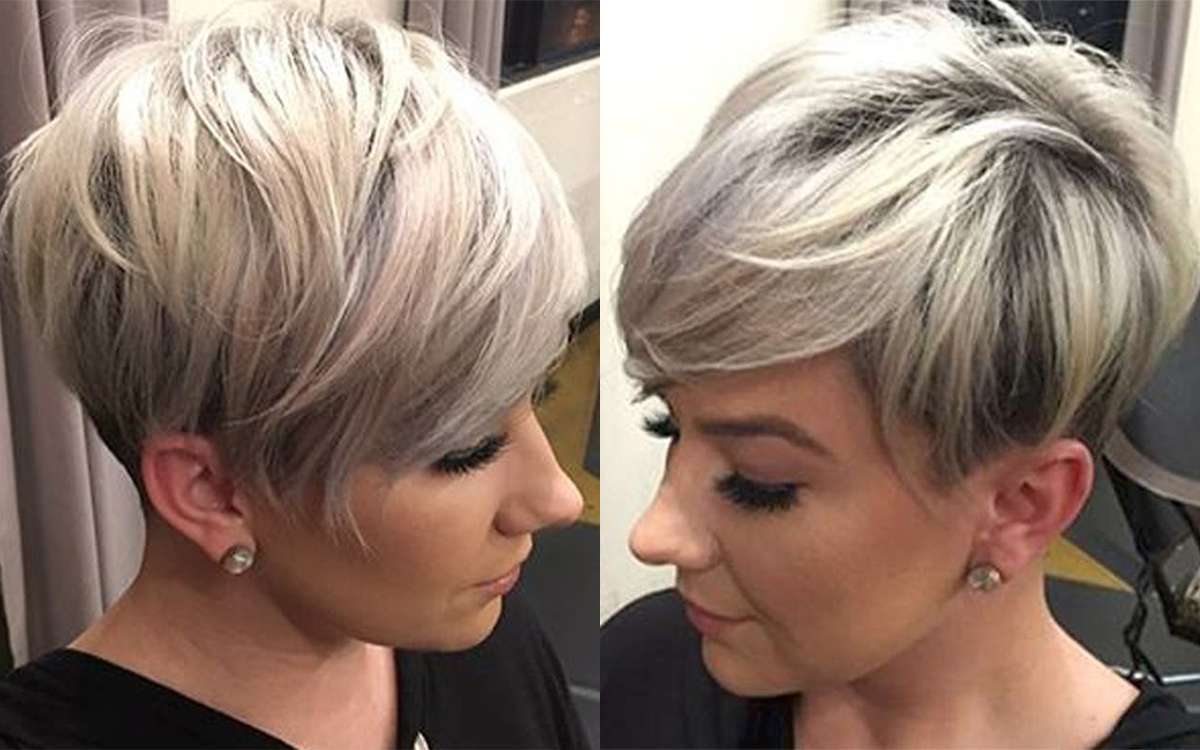A hair style or haircut identifies the styling of locks, usually on the real human scalp. Sometimes, this may also signify an editing and enhancing of beard scalp. The trends of locks can be viewed as an element of personal grooming, fashion, and cosmetic makeup products, although practical, ethnic, and popular concerns also effect some hair styles. The oldest known depiction of scalp braiding goes back in regards to a years. In traditional civilizations, women's locks was often elaborately and carefully dressed up in special ways. In Imperial Rome, girl used their mane in complicated styles. From enough time of the Roman Empire before Middle Ages, majority of the women grew their wild hair so long as it would effortlessly grow.
the bob and the iconic pixie cut, there are so many short hairstyles
Canadian girl's head of hair became more obvious while their wild hair coverings grew smaller, with both becoming more complex, and with hair styles starting to include ornamentation such as bouquets, ostrich plumes, ropes of pearls, jewels, ribbons and small crafted things such as reproductions of boats and windmills. Certain hair was experienced to be symbol of propriety: loosening one's locks was considered immodest and intimate, and sometimes was perceived to have natural connotations. Light dark scalp was popular, specifically in England through the reign of the red haired, and women and aristocratic men used borax, saltpeter, saffron and sulfur natural powder to dye their wild hair red, making themselves nauseated and offering themselves problems and nosebleeds. During this time period in Spain and Latin ethnicities, women wore ribbons mantillas, often worn over a higher comb, and in Buenos Aires, there developed a fashion for extremely large tortoise-shell scalp combs called peinet?n, that could measure to three toes high and width, and that happen to be.
Medium Hairstyles New Haircuts to Try for 2017, Hairstyles for long
Short Haircuts For Men + Short Men39;s Hairstyles 2017
Short Hairstyles Women 2017 Fashion and Women

Throughout history, locks is a signifier of public class.
Upper-class folks have always used their hair styles to signal prosperity and status. Prosperous Roman women used complex hair styles that needed the labours of several visitors to maintain them, and wealthy folks have also often chosen hair styles that limited or burdened their activity, rendering it clear that they didn't need to work. Prosperous people's hair styles used to be at the leading edge of fashion, placing the styles for the less prosperous. But today, the prosperous are generally seen to wear their mane in traditional styles that time frame back ages prior.Middle-class hairstyles have a tendency to be understated and professional. Middle-class people desire to have their head of hair look healthy and natural, implying they have the resources to reside in a wholesome lifestyle and take proper care of themselves.Historically, working-class people's haircuts have tended to fit the bill and simple. Working-class men have often shaved their mind or worn their head of hair close-cropped, and working-class women have typically taken their locks up and off their encounters in simple styles. However, today, working-class people frequently have more sophisticated and fashion-conscious hair styles than other public classes. Many working-class Mexican men in American towns wear their head of hair in styles like the Mongolian (shaved aside from a tuft of scalp at the nape of the neck of the guitar) or the rat tail (crewcut at the top, tuft at the nape), and African-Americans often wear their mane in complex habits of package braids and cornrows, fastened with barrettes and beads, and sometimes including shaved areas or bright coloring. Sociologists say these styles are an effort to express personality and existence when confronted with sociable denigration and invisibility.


0 comments 23 perfect Short Pixie Haircuts 2017 – wodip.com